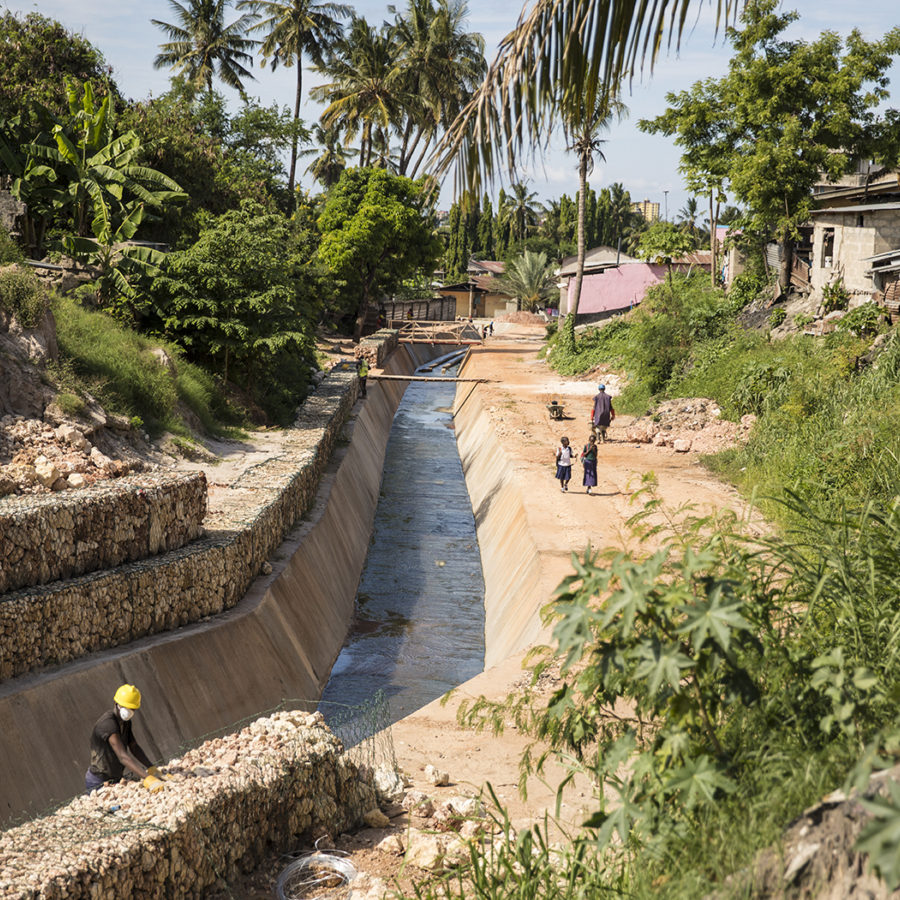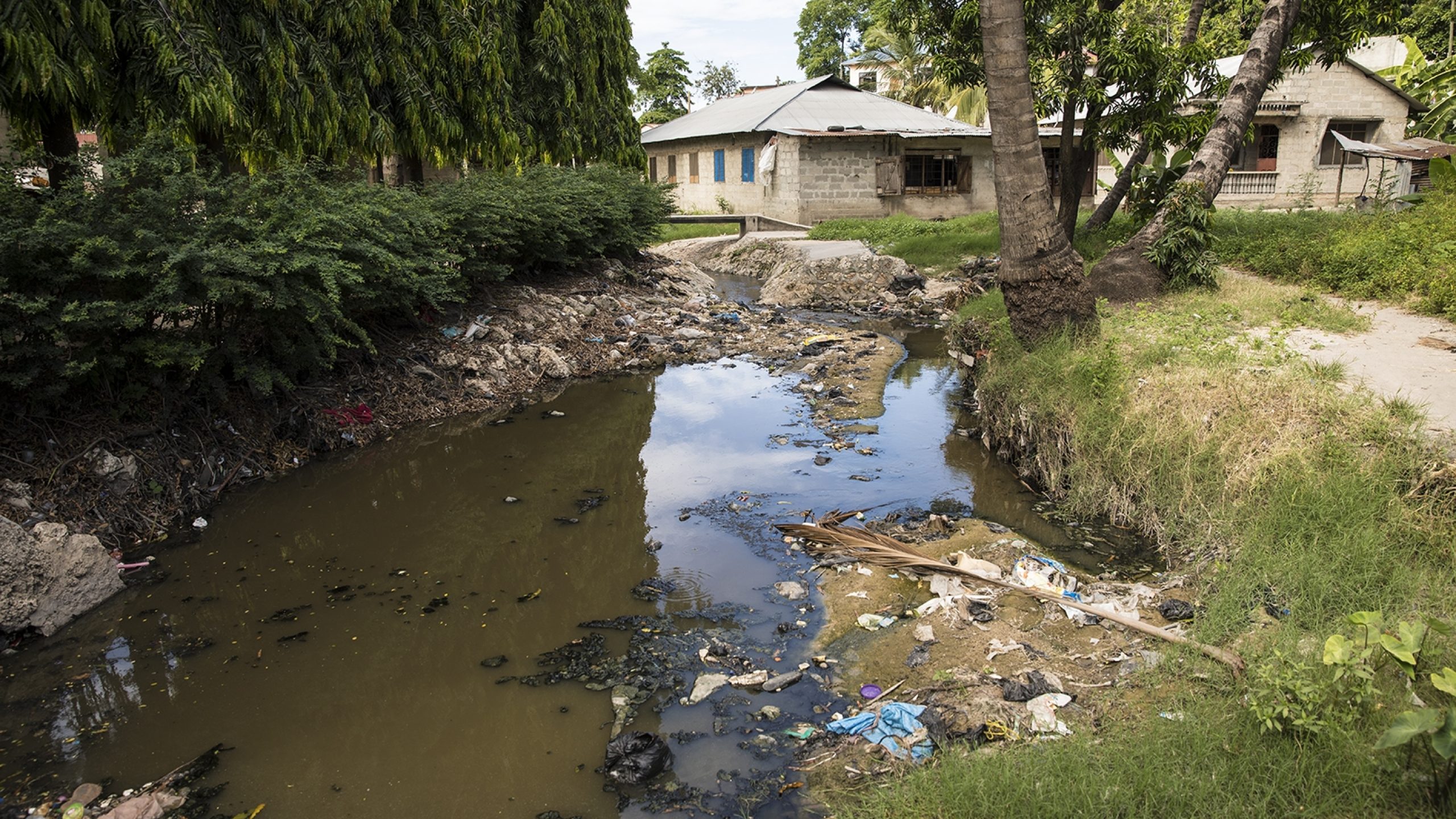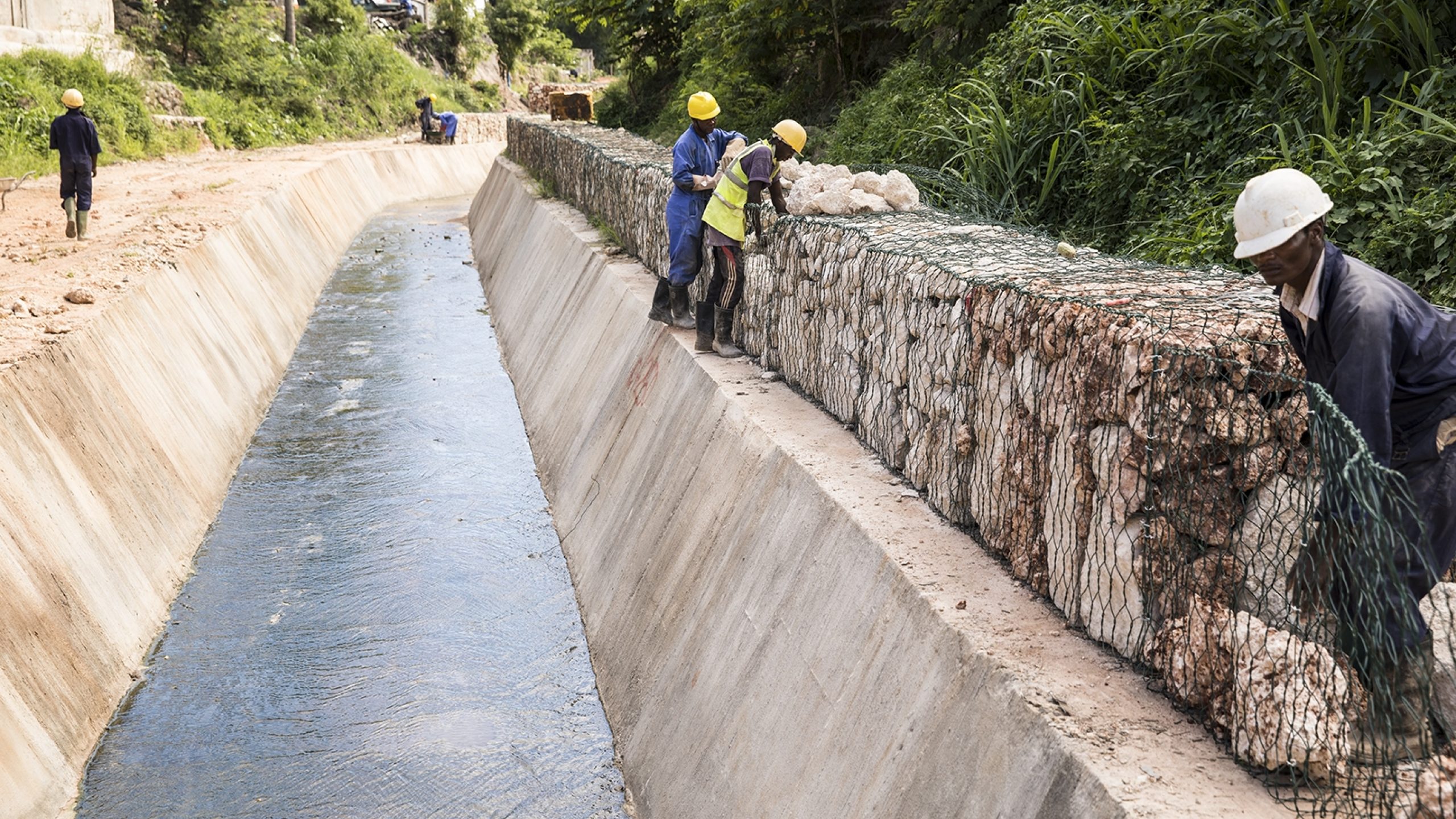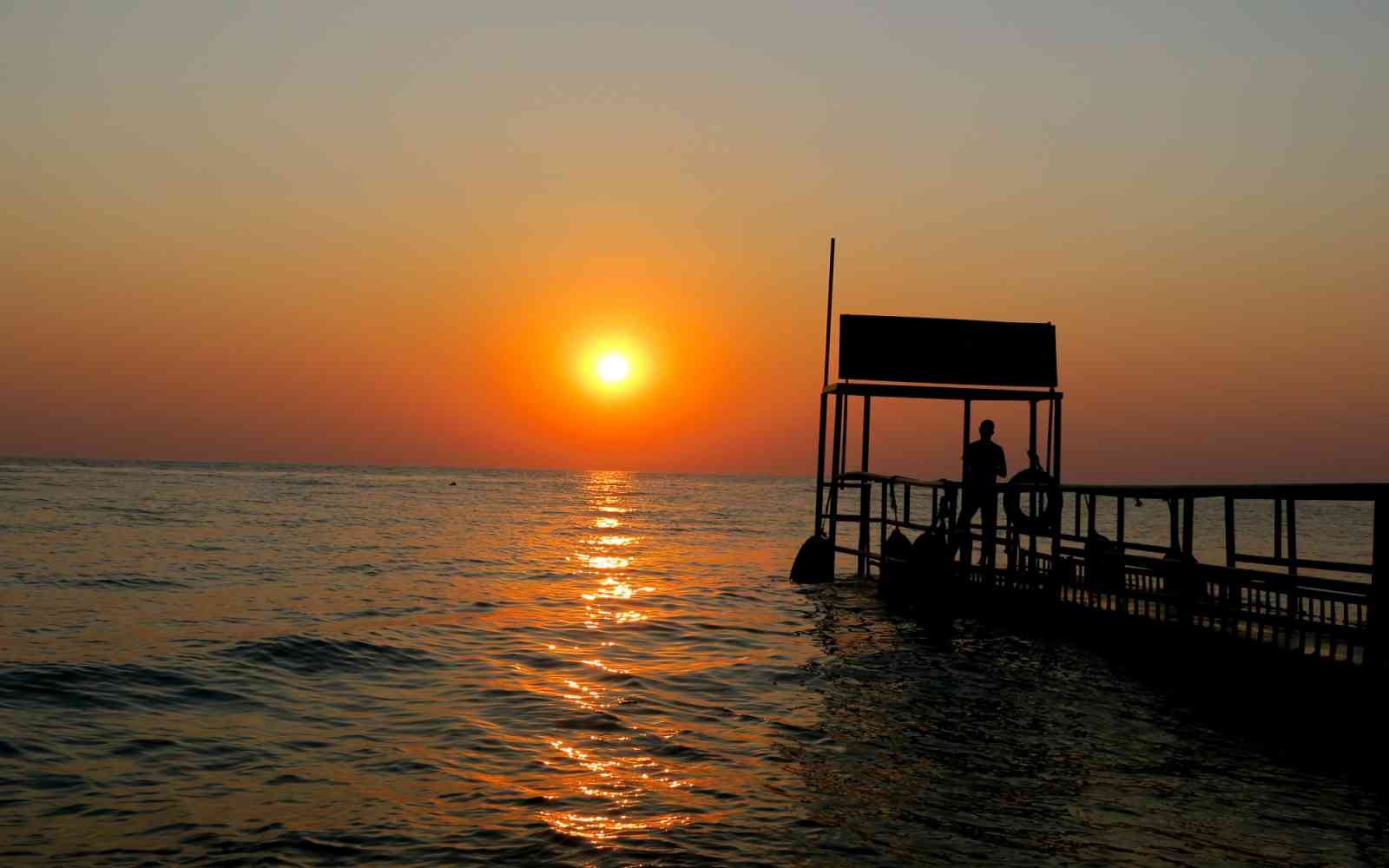The United Nations Office for Project Services (UNOPS)

Removing rubbish for a better way of life
Amid mounds of garbage and pools of stagnant water, flies found their home, mosquitos made their breeding ground and rats scavenged. For the people living nearby, the situation was grim.
Four months of the year bring heavy rainfall to Ilala Bungoni, situated on the outskirts of Tanzania’s most populous city, Dar es Salaam. But with nowhere to go, rainwater would collect in low-lying areas, merging with raw sewage flowing from neighbouring homes — the result of an inadequate drainage system. To make matters worse, several decades of informal waste dumping had given rise to a hill of garbage in the foul, swampy area.


“It was too dangerous for our children. We could not let them play freely because so many accidents would happen. The smell made you feel like fainting. It was so disgusting with all the garbage mixed with people’s toilet waste. One time a child from here was found playing with the body of a dead dog nearby here.”
Driving away business
Driving away business
Anything more than a light drizzle flooded the area, carrying waste and sewage from the dump into people’s homes and business premises. Local mechanic John Bosco Changa, who runs his own garage in the area, has lived and worked through these challenges for over 16 years.
“If it was more than about one or two hours of rain, the water would come into my garage. It would not be clean water either. It would carry all the smelly garbage here,” he said.
He elaborated: “If the levels get high, it would even start entering the engines and then we [would] have to run to lift the cars up. The smell was so terrible that of course no customers would want to bring their cars here for fixing — it was hard to make any money and to pay my men.”


Travelling trials
Travelling trials
The growing garbage dump also made it difficult for residents to walk in the area - with long detours needed to get to their destinations and losing valuable time along the way.
Town leader and John’s neighbor, Jinila Kajole, elaborated: “If I had to go from my house to my small shop, I had to walk all the way around this garbage. It would take me more than 45 minutes even though I live maybe two kilometres away and it should not be more than 15 to 20 minutes.”
Residents came up with a makeshift solution, but it was less than ideal.
“The people from here collected some sticks and boards and other things like that and built like a bridge across this dump. Sometimes the thing would break and people would fall into the garbage,” explained John.
These informal bridges became commonplace despite their obvious risks. It was the only way that the community could make their commutes on foot a little shorter.

“Of course I [didn’t] like my grandchildren to walk on these sticks tied with rope. But they have to carry their books to schools everyday so what else [could] they do?”
Hurting health
Hurting health
Living so close to garbage, sewage and stagnant water also had serious health consequences for the community. Waterborne diseases like cholera, typhoid and dysentery were common.
“There was also much more malaria here. This place used to have so much dirty water that there were so many flies and mosquitos,” explained Maria, who lives with her eight grandchildren and their parents.
“We had to take so much trouble to cover our food otherwise the flies would sit on the rubbish outside and then sit on our food.”
A matter of drainage
A matter of drainage
To help tackle the problem, UN Environment and UNOPS teamed up to clear a kilometer of garbage, silt and debris from the area. A 400 metre drainage system was then constructed, ensuring rainwater and sewage could flow out and away from the nearby homes and buildings.
The informal bridges were removed and a new pedestrian bridge, crossing over the drainage system at its widest point, was installed. A smaller foot-bridge was also constructed further downstream. Both bridges were equipped with ramps to provide access for all, while the installation of solar-powered street lights ensure the crossing is kept well-illuminated at night for pedestrians.

The project has helped improve the quality of life for people like John and others in his community. Now, they can take care of their homes, families and businesses without worrying about garbage and stagnant water impacting their health and livelihoods.
“Since we got these improvements I have hired two more men for my garage because more people are bringing their motorbikes and cars to be fixed. This place is nice now so I am thinking of bringing my wife and children to live in a house closer to the garage,” says John.
Maria is equally optimistic: “My grandbabies can go to school [by walking] over those bridges without putting their feet in toilet water from other people’s houses.”




Related work
As part of the same project, UNOPS is working with the Government of Tanzania to help increase the resilience of coastal areas against the impacts of climate change and rising sea levels. In partnership with UN Environment, through a project funded by the Adaptation Fund, Global Environment Facility and the Government of Tanzania, over 2,400 meters of sea defence walls were constructed in seven sites along Tanzania’s coast. Solar street lights have also been installed along the seawalls. These activities allow communities and people living in informal settlements in low-lying areas to continue their income-generating activities.













